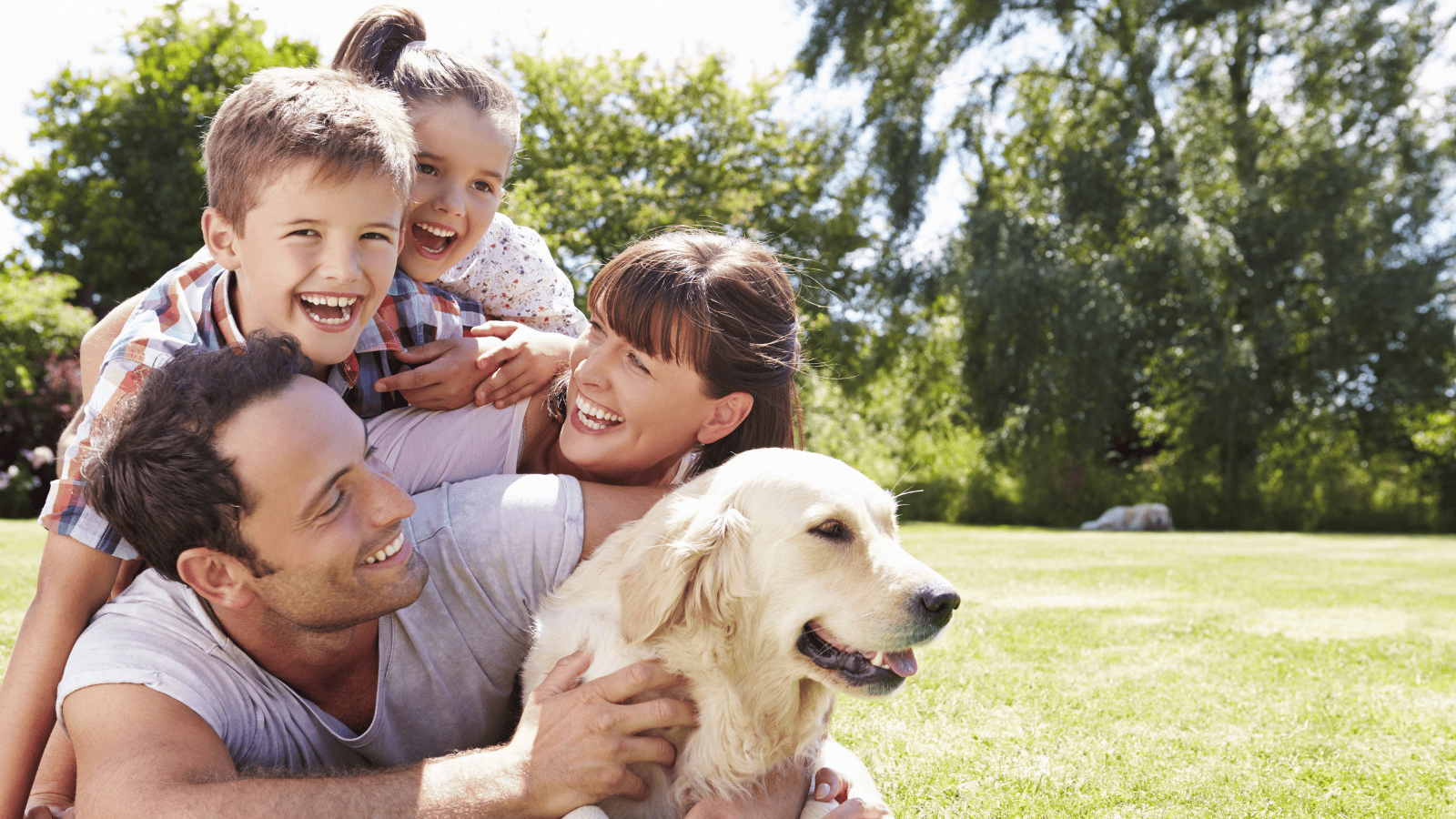Sharing is caring!
Bringing a new baby into your home is an exciting time, but it can also be a stressful transition for your furry family members. Introducing your pet to your baby requires careful planning and consideration. Here are 10 lifesaving tips to help make the introduction between your pet and your new baby a success:
This post may contain affiliate links meaning I get commissions for purchases made in this post. Read my disclosure policy here.
Start Early
Photo Credit: Shutterstock.
Beginning preparations for introducing your pet to your new baby as soon as possible is essential. This involves gradually introducing changes to your pet’s environment and routine to help them adjust to the upcoming arrival. Starting early allows you to address any behavioral issues or concerns before the baby arrives, giving you more time to train and acclimate. By laying the groundwork early on, you can help minimize stress for your pet and your family when the baby finally comes home.
Observe Behavior
Photo Credit: Shutterstock.
During pregnancy, observe your pet’s behavior closely for signs of anxiety, stress, or aggression. Understanding how your pet reacts to the changes in your household dynamics can help you anticipate potential challenges and address them proactively. If your pet exhibits concerning behavior, such as resource guarding or avoidance, seek guidance from a veterinarian or animal behaviorist. Identifying and addressing behavioral issues early on can prevent conflicts, ensure a smoother transition when the baby arrives, and promote a safe and harmonious environment for your entire family.
Maintain Routine
Photo Credit: Shutterstock.
Consistency is critical in easing your pet’s transition to life with a new baby. Stick to their regular schedule for feeding, walking, and playtime as much as possible. Maintaining their routine helps provide stability and security amidst the changes happening in the household. By sticking to familiar patterns, your pet will feel reassured and less stressed during this adjustment time, ultimately contributing to a smoother introduction between them and the new baby.
Introduce Baby Smells
Photo Credit: Shutterstock.
Before the baby arrives, familiarize your pet with the scent of the new addition by bringing home items that carry the baby’s smell, such as blankets or clothing. Allowing your pet to sniff and investigate these items helps them associate the baby’s scent with something familiar and non-threatening. This gradual exposure can reduce anxiety and curiosity when the baby finally arrives, making the introduction smoother and less overwhelming for your pet.
Positive Reinforcement
Photo Credit: Shutterstock.
Positive reinforcement involves rewarding your pet with treats, praise, or affection whenever they display calm and relaxed behavior around the baby. This technique helps your pet associate the baby’s presence with positive experiences, reinforcing good behavior and reducing potential anxiety or tension.
Supervise Interactions
Photo Credit: Shutterstock.
Supervising interactions between your pet and the baby is essential for safety and peace of mind. You can intervene quickly by closely monitoring their interactions to prevent conflicts or accidents. Keeping your pet on a leash or behind a baby gate during initial introductions allows you to control the situation and gradually acclimate your pet to the baby’s presence. This supervision also helps you gauge your pet’s behavior and reactions, enabling you to address any concerns or issues as they arise.
Set Boundaries
Photo Credit: Shutterstock.
Establishing boundaries for your pet around the baby’s sleeping and feeding areas is crucial for safety and harmony. It would help if you clearly defined areas where your pet is not allowed access, such as the crib or highchair, to prevent accidental injuries or disturbances. By setting these boundaries early on and consistently reinforcing them, you can create a safe and peaceful environment for your pet and baby, reducing potential conflicts or accidents.
Create Safe Spaces
Photo Credit: Shutterstock.
Providing your pet with a designated safe space is essential for their comfort and well-being during the adjustment period. This space should be quiet, cozy, and away from the hustle and bustle of everyday life, where your pet can retreat when they need a break from the new baby. Whether it’s a comfortable bed in a quiet corner or a separate room with their favorite toys and blankets, having a safe space makes your pet feel secure and helps them cope with the changes in their environment.
Stay Calm
Photo Credit: Shutterstock.
Maintaining a calm and composed demeanor during the introduction is essential. Pets are sensitive to their owner’s emotions, and displaying stress or anxiety can escalate their feelings of unease. If you are calm, your pet will be reassured that the new addition to the family is not a threat and that everything is under control. Your positive attitude will contribute to a more peaceful environment, making it easier for your pet to adjust to the changes and feel secure in their new surroundings.
Be Patient
Photo Credit: Shutterstock.
Introducing a pet to a new baby is a gradual process that requires time and patience. Both pets and humans need time to adapt to the changes in their environment and routines. It’s important to understand that only some interactions will go smoothly, and setbacks may occur. By being patient and understanding, you can give your pet the support they need to adjust at their own pace. Celebrate progress, no matter how small, and be prepared to address challenges with compassion and perseverance.
